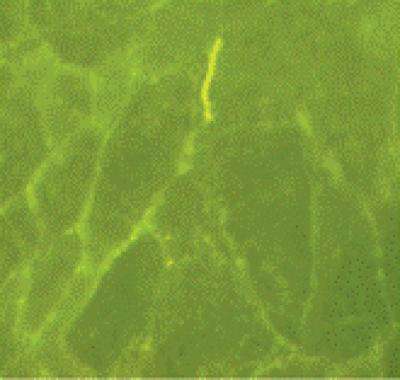Fusion protein of single-chain variable domain fragments and myasthenia gravis

Single-chain variable domain fragment (scFv) 637 is an antigen-specific scFv of myasthenia gravis and it can bind to acetylcholine receptor in the residues 67-76 of α-subunit of acetylcholine receptor.
Dr. Fanping Meng and his team, College of Medicine, Yanbian University in China conjugated scFv and human serum albumin genes and detected the fusion protein in Pichia pastoris. Results showed that the fusion protein bound to acetylcholine receptors in neuromuscular junction of human intercostal muscle and the inhibition rate of fusion protein binding to acetycholine receptor was 2.0-77.4%, and the stability of fusion protein in static healthy sera was about 3 days. This approach suggests that scFV-human serum albumin is a potential candidate for specific immunosuppressive therapy of myasthenia gravis.
This paper was published in Neural Regeneration Research (Vol. 9, No. 8, 2014).
More information:
Li FF, Meng FP, Jin QX, Sun CY, Li YX, Li HH, Jin SZ. Fusion protein of single-chain variable domain fragments for treatment of myasthenia gravis. Neural Regen Res. 2014;9(8):851-856.
Provided by Neural Regeneration Research